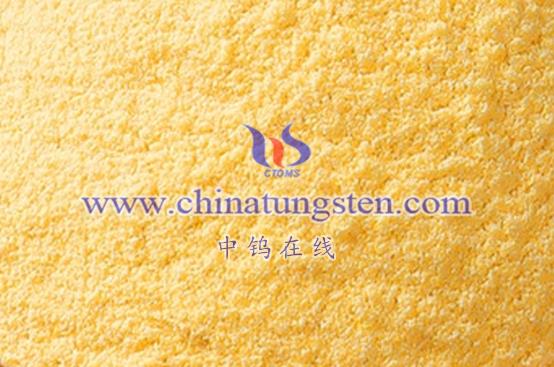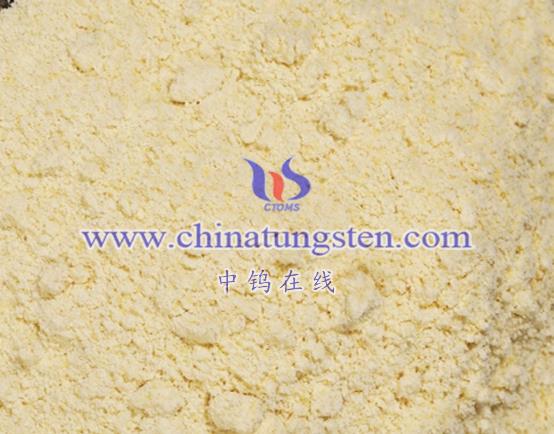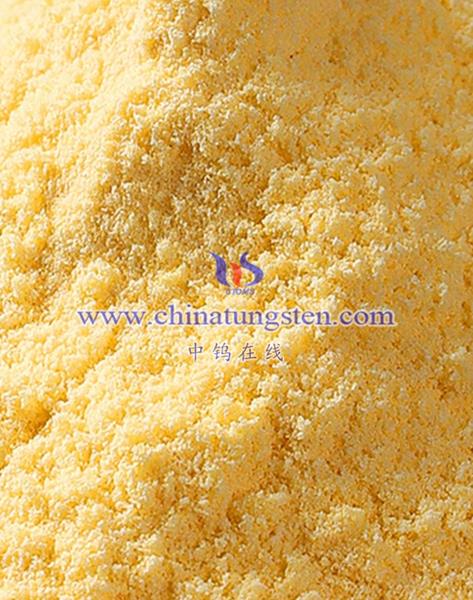
Multi-dimensional mesh-structured tungsten oxide (WO3) has shown significant potential in biosensor applications due to its unique structural properties and excellent performance. Here are several specific applications of WO3 nanomaterials in biosensors:
- Gas Biosensors
- Application Scenario: These sensors can detect specific gases in the human body or the environment, such as oxygen, carbon dioxide, nitric oxide, etc. These gases play a critical role in biological processes, and changes in their concentrations are often linked to disease development. For example, gas biosensors can be used for breath analysis to detect alcohol levels, which could indicate intoxication or the risk of driving under the influence.
- Working Principle: WO3 nanomaterials are sensitive to gases, and their resistance, conductivity, or optical properties change upon adsorption and desorption of gas molecules. The mesh structure of WO3 increases the material’s surface area, improving the adsorption efficiency of gas molecules and enhancing the sensor’s sensitivity and response time.
- Biomolecular Detection Sensors
- Application Scenario: WO3-based biosensors can be used to detect biomolecules such as proteins, DNA, and other biological markers, playing a crucial role in disease diagnosis and drug screening. They can also be used in environmental monitoring, detecting harmful substances in water or soil, like heavy metals and organic pollutants.
- Working Principle: WO3 nanomaterials are combined with other biological recognition elements (e.g., antibodies, enzymes, DNA sequences) to achieve specific recognition of target biomolecules. When the target biomolecule binds with the recognition element, it causes changes in the surface properties of WO3. These changes can be detected through electrical, optical, or other methods.
- Photothermal Therapy Sensors
- Application Scenario: WO3 nanomaterials’ photothermal properties can be exploited to selectively destroy cancer cells, offering a new approach to tumor treatment. The material’s ability to absorb light and convert it into heat can be used for precise tumor targeting and treatment.
- Working Principle: WO3 nanomaterials absorb light at specific wavelengths and convert it into heat, which causes a localized temperature increase. By controlling the light exposure, targeted heating of tumor tissue can be achieved, thereby killing cancer cells. Additionally, by integrating biosensor technology, temperature changes and tissue responses during the treatment can be monitored in real-time, enhancing the safety and effectiveness of the therapy.
- Other Application Scenarios
- Drug Delivery Systems: WO3 nanomaterials can also be used in drug delivery systems. By controlling the structure and properties of the material, it is possible to achieve targeted drug release and sustained drug delivery, offering more effective therapeutic options.
- Tissue Engineering: In tissue engineering, WO3 nanomaterials can be used to create functional bio-scaffolds that promote cell growth and differentiation. This could facilitate the development of new tissues or organs for medical applications.
Conclusion
Multi-dimensional mesh-structured tungsten oxide nanomaterials have diverse and promising applications in biosensors, ranging from gas detection and biomolecule identification to photothermal therapy and drug delivery systems. As nanotechnology and biotechnology continue to advance, the potential for WO3 in the biosensor field will likely expand further. However, it is important to note that the information provided is based on current research and theoretical developments, and further validation and optimization will be required for practical applications.
More details of tungsten oxide product, please visit website: tungsten-oxide.com
Please contact CHINATUNGSTEN for inquiry and order of tungsten oxide:
Email: sales@chinatungsten.com
Tel.: 86 592 5129595















